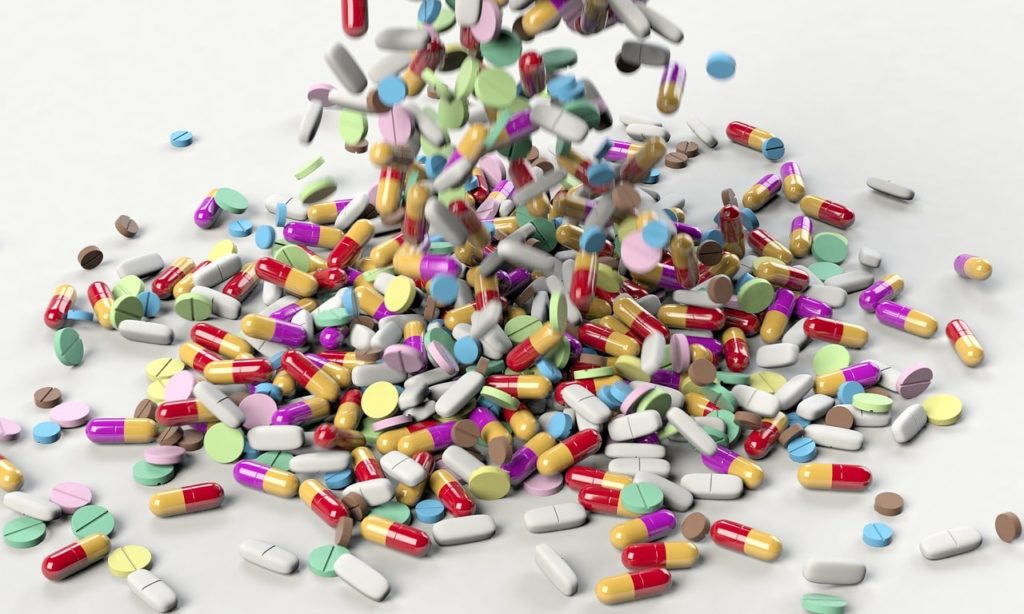The journey of a pill
Is it possible to crush a pill and use it in powder form as an ingredient in a galenic medicine? Absolutely not, it would be a serious mistake that professional pharmacists carefully avoid.
Let’s use consider the following example. A patient, Mario, needs a personalised medicine that differs from the products on the market, so he asks his pharmacist to prepare it according to the doctor’s prescription.
Let’s take as an example that this compound should include 1000 milligrams (one gram) of paracetamol. Why will the pharmacist, even if he has no paracetamol, never put a Tachipirina 1000 pill in the mortar to use it as a powder?
A Tachipirina 1000 pill contains not only the active ingredient (paracetamol) but also microcrystalline cellulose, pregelatinised starch, stearic acid, croscarmellose sodium and povidone. All of which are uniformly white in colour. So how can we separate the active ingredient from the excipients? And how much of the active ingredient would leak into the micro-fragments of what was previously our pill?
At this point we tell you about the journey of a pill…
In the formulation of a pill, pharmaceutical laboratories must obviously include the active ingredient, i.e. the drug that treats us, whatever its commercial name may be. The active ingredient is almost always in an impalpable quantity and, therefore, a pill must have a certain size in order to be handled and swallowed. Inert excipients are used to increase the volume of the pill.
In addition to this, there is often a need of colouring to distinguish the pill from others which are similar in shape and size, a coating to make the pill more swallowable or to protect it from our saliva or gastric juices until the active ingredient can be released to ensure maximum treatment performance.
Based on the composition of our pill, the active ingredients and the excipients must be produced in powder form and then accurately dosed, through very precise weighing, then the pill is created and finally packaged in the typical blister packs which, in turn, are boxed, together with the leaflet in their own packaging containing all the essential information. These are all processes that take place in automated production lines and are included in the Risk Analyses that we at SPAI carry out on behalf of technology manufacturers or directly for clients in the pharmaceutical industry all over the world, thanks to our physical presence in the area where the most important pharmaceutical machinery manufacturers are located. Our pharmaceutical validation service helps pharmaceutical companies prevent malfunctions and therefore errors in drug delivery.
Let’s now get back to our journey, because we are left with a powder that, like talc, cannot be compressed.
That’s why we switch to granulating, a process that transforms the powder into extremely small granules, like grains of sugar. The mixture is then compressed in a compressor and the so-called pill core is formed. Now the core has to be enlarged, to make it more consistent, less fragile, and better usable.
What will be the core of the pill is placed in a rotating machine, called “bassina” or “bassinatrice”. It is a large basin that rotates around its axis (its centre). This technology is used not only in the pharmaceutical industry but also, with some differences, in the bakery industry for the production of sugared almonds. During the rotation, special sprayers are activated and deposit on the core what will become the pill’s coating.
At this point, the pills are ready to continue their journey through inspection and packaging, along aseptic lines and protected from contamination (again, these are aspects that need to be considered when carrying out pharmaceutical validation).

Foto di Arek Socha da Pixabay




